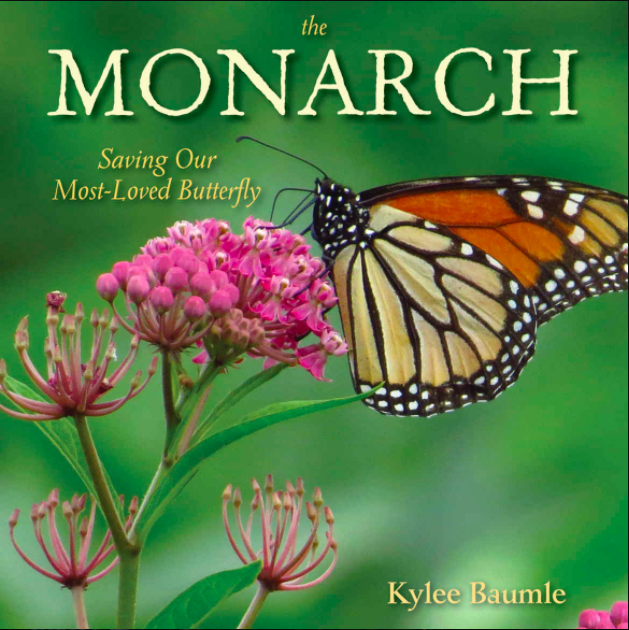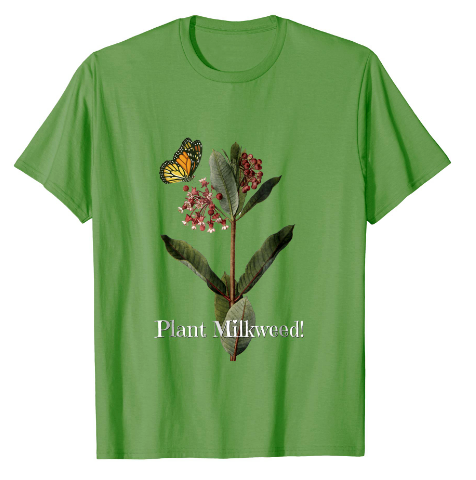Monarch butterflies need our help! To offset the loss of milkweeds and nectar sources we need to create, conserve, and protect habitats for these iconic butterflies.
One of the best ways to help Monarchs is by creating a Monarch Waystation in home gardens, at schools, businesses, parks, zoos, nature centers, along roadsides, and on other unused plots of land. Without a major effort to restore milkweeds to as many locations as possible, the Monarch population in North America is certain to decline to extremely low levels.

Choose the site. A suitable Monarch Waystation habitat can be easily integrated with an existing garden. Monarch Watch does not have any minimum area requirement in order to certify your habitat; however, a truly effective Monarch Waystation will be at least 100 square feet. The total area may be split among several sites at your location and there is no upper limit for the size of a Monarch Waystation habitat. Choose a spot that gets plenty of sunshine every day. Butterflies and butterfly plants need lots of sun; therefore, Monarch Waystations need to be located in an area that receives at least six hours of sun a day.
Create shelter for the Monarchs. Plant bushes or trees near your garden to provide places for Monarch butterflies to roost at night. Monarch Watch suggests that to ensure that the maximum number of Monarchs survive in your habitat, the plants should be relatively close together. However, they should not be crowded – be sure to follow the planting guides specific to each plant.

Plant Milkweed. To maximize the utilization of your habitat by Monarchs, it is desirable to include a number of milkweed species. It is best to have at least 10 plants, made up of two or more species; however, a large number of plants (more than 10) of one species is sufficient. Milkweeds of different species mature and flower at different times during the season. By increasing the number of milkweed species in your habitat you will increase the likelihood that Monarchs will utilize your property for a longer period during the breeding season.

Plant nectar plants. Plant nectar plants that bloom sequentially or continuously during the season so your Monarch Waystation can provide resources for Monarchs throughout the breeding season and the migration in the fall. A Monarch Waystation should contain at least four annual, biennial, or perennial plants that provide nectar for butterflies.


Plan to manage your site. You should have a plan to sustain a Monarch Waystation. Specific actions you take will depend on the features of your habitat; however, some general examples include mulching, thinning, fertilizing, amending the soil, removing dead stalks, watering, eliminating insecticide use, removing invasive plant species, and incorporating additional features.

Certify your waystation. If your monarch habitat meets or exceeds the general description of a Monarch Waystation set forth above, your habitat may be certified by Monarch Watch as a Monarch Waystation. Upon certification, your habitat will be included in the Monarch Waystation Registry, an online listing of Monarch Waystations worldwide, and you will be awarded a certificate bearing your name and your habitat’s unique Monarch Waystation ID number. You may also choose to purchase a weatherproof sign to display, identifying your habitat as an official Monarch Waystation. If you like you can certify your waystation through Monarch Watch. There is a small certification fee.



